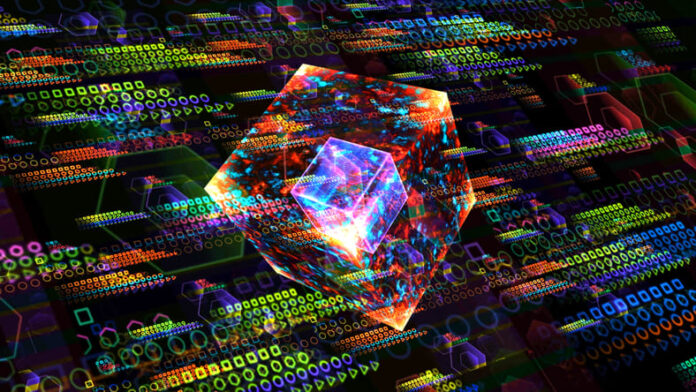Random number generators (RNGs) are one of tech’s most unsung heroes. The key component behind everything from iGaming to encryption, let’s take a look at the different types of RNGs, their applications, and what the future might have in store.
What are RNGs?
At its most basic, there are two distinct types of RNGs, ones that operate through hardware, known as true RNGs (TRNGs), and ones that use software, known as pseudo-RNGs (PRNGs). Algorithm-based PRNGs are perhaps the most common sort of RNG that you’ll come across, as they can be embedded in the software of online platforms and downloadable apps.
These kinds of RNG are particularly well-known for their applications in iGaming, especially for online slot games. Taking something like Starbust slots for example, RNGs dictate which color gemstones fall on the reels, and when, as well as the location of the star wild symbol, and therefore when it expands. In other words, RNGs establish that the order and frequency of the symbols are as random as possible, ensuring that the gameplay is down to luck. As this essentially digitizes the essence of chance you’d get from rolling a dice or spinning a wheel, it allows online platforms to provide a fair, authentic, and immersive casino experience.
Whilst PRNGs are random enough for entertainment and low-stakes applications, TRNGs are often required for areas that deal with things like cryptography and cybersecurity, as they are harder to hack. TRNGs use a wide range of different physical inputs to generate random bits, so let’s dive into some of the different forms of TRNGs.
Quantum RNGs

Quantum RNGs, or QRNGs, typically use a physical entropy source such as light from LEDs. The material used varies depending on the developers and desired results, with new ground being paved by researchers at Linköping University into the applications of perovskite – a material more commonly used for solar cells.
As the light is shone into the QRNG, applying the rules of quantum mechanics, it is simultaneously reflected and refracted. Detectors eventually pick up where the light hits the back of the hardware, the location of which determines the value of the number generated.
Quantum mechanics is inherently multiplicitous and indeterminable, as two contradictory natures or behaviors can be true at the same time. This means that the results of QRNGs are unpredictable, as it is impossible to guess where the lights will be detected. Therefore, QRNGs are highly secure, but their specialist equipment and large scale makes them inaccessible to the general public.
Gaussian RNGs
Whilst QRNGs use light as a source of entropy, Gaussian RNGs, otherwise known as GRNGs, use sound. Essentially, these TRNGs take advantage of the additive white Gaussian noise (AWGN) model. More colloquially, you might be more familiar with the idea of white noise.
The AWGN model serves to capture the effect of the random noise sources and processes that are found in the natural world. This includes things like atoms’ thermal vibrations, black-body radiation from the Sun, and Poisson noise. As this source is, again, inherently random, the numbers generated are non-sequential and unpredictable.
However, it has had some limitations. To combat errors and limitage ranges, researchers from the Chinese Academy of Sciences have proposed a way of introducing variable σ values and including defined output ranges in the expression derivation algorithm. This should improve the flexibility and configurability of future GRNGs.

Futuristic Innovations
Speaking of future RNGs, what’s next? Well, whilst light and sound might be logical inputs for RNGs, others have taken it way out of the box. Just look at Cloudflare – the network, cloud, and cybersecurity service famously uses a wall of lava lamps as an entropy source.
Yes, you read that right! Lava lamps are pretty chaotic and unpredictable – the lava doesn’t make the same shape twice. So, a camera captures the patterns made in the lava lamps. This is then used to generate cryptographic keys for the Cloudflare network.
Elsewhere, innovative designs are being shared online for people to build themselves. Andrew Woodbridge’s Swirl Dice uses an Adafruit Feather ESP32 V2 development board, an Adafruit TLV493D, a battery and a couple of displays. Magnets are spun to ‘roll’ the dice, which is picked up by a three-axis magnetometer, and is fed into the system as the entropy source.
With examples like lava lamps and compass-grade magnetometers being used to create quirky and innovative RNGs, the future of RNGs is much like it’s purpose – it’s completely unpredictable! That said, we can’t wait to see what new innovations come to the market to improve randomness levels in the future.
Disclaimer: This article contains sponsored marketing content. It is intended for promotional purposes and should not be considered as an endorsement or recommendation by our website. Readers are encouraged to conduct their own research and exercise their own judgment before making any decisions based on the information provided in this article.



































